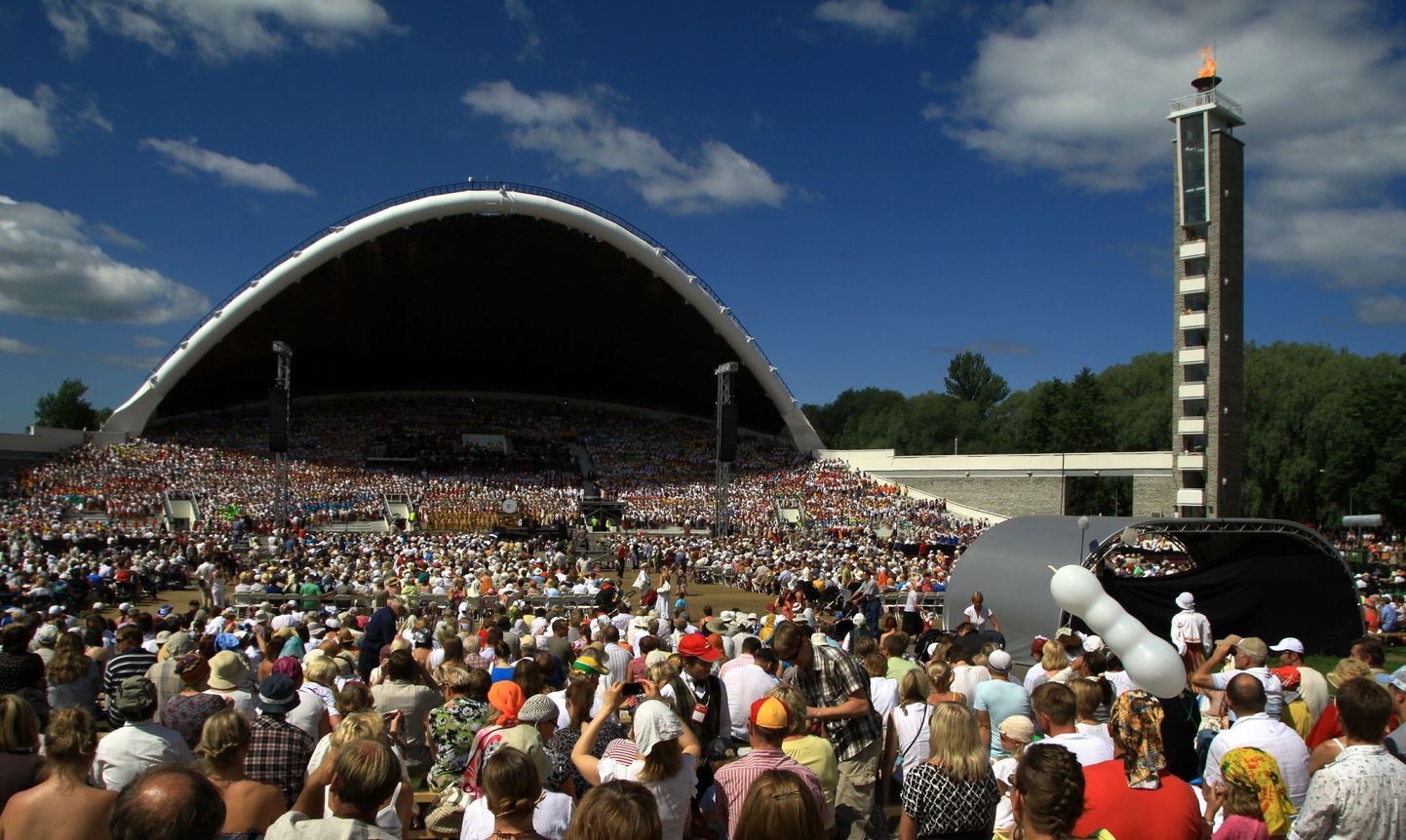
According to the results of the 2011 Population and Housing Census representatives of 180 ethnic groups live in Estonia 38 of whom had not been recorded in this country before.

According to the results of the 2011 Population and Housing Census representatives of 180 ethnic groups live in Estonia 38 of whom had not been recorded in this country before.
Compared to the data of the previous census taken in 2000, an increase has primarily taken place in the number of representatives of ethnic groups of West European origin.
Data of Statistics Estonia show that the biggest ethnic minorities have not changed since the previous census -- Russians remain the largest minority, making up 25.2 percent of the total population, followed by Ukrainians with 1.8 percent, Belarusians with 1 percent and Finns by 0.6 percent. However, the number of representatives of all the biggest minorities has decreased between the two population counts.
The last decade during which Estonia has been a member of the European Union saw the emergence of a new trend - a growth in the number of people representing West European, American, Indian and Middle Eastern ethnic groups, which shows that Estonia is becoming an attractive living place for people with a different, mostly western historical and cultural background. A comparison of the results of the two censuses shows that the numbers of the British, U.S. Americans, Italians, Spaniards, French, Swedish and Dutch in Estonia have increased the most.
Since the previous census representatives of 38 new ethnic groups have settled in Estonia. The largest of them are the Portuguese with 32 individuals, Afrikaners (18), Afro-Americans (14), Thais (11) and Flemish (10).
The census data show that since the 1990s immigration flows from Russia, Finland and Ukraine have been the biggest. Migration data for small ethnic groups meanwhile show that only a couple dozen representatives of such groups moved annually to Estonia in the 1990s and in the first half of the 2000s but immigration picked up in 2005. In 2010 immigrants representing small ethnic groups numbered 143 and in 2011 already as many as 215.
«So, it can be said that in addition to large minorities whose composition has not changed much over the last half a century Estonia is also characterized by a diverse community of small ethnic groups. Compared to the previous census, Estonia is richer by 38 new ethnic groups, and the free movement of people, a cosmopolitan lifestyle and Estonia's gradually intensifying economic life are every year bringing into the country a small number of people from more distant countries,» the statistics office said.